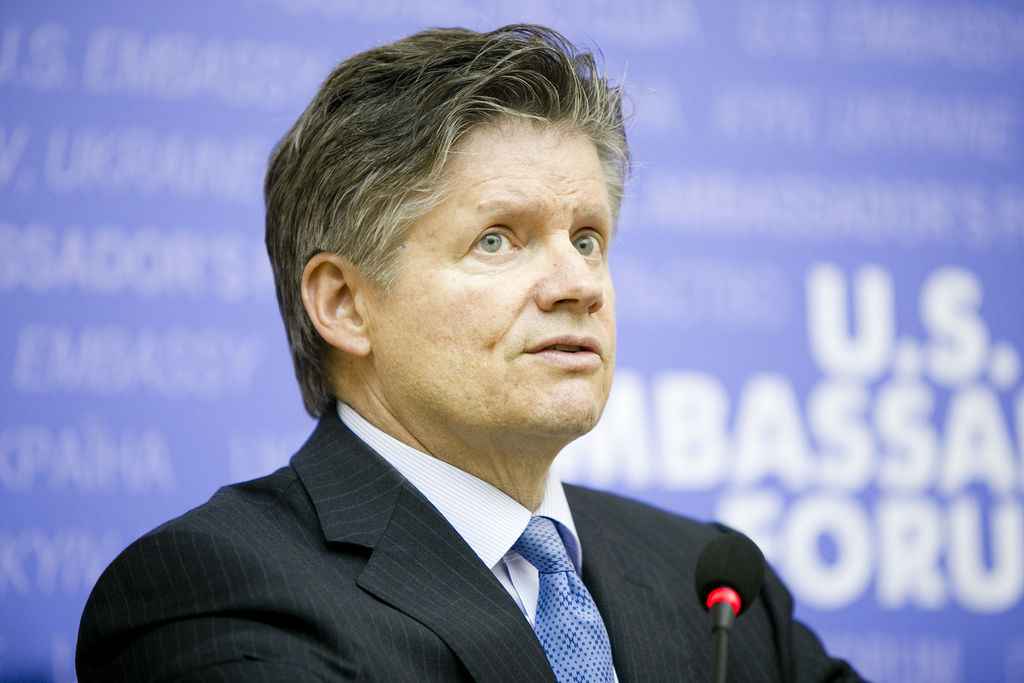
ARRB Chairman Says JFK Investigation Riddled With ‘Too Many Holes’
John R. Tunheim, the federal judge in Minnesota who served from 1994 to 1998 as the chairman of the Assassination Records Review Board (ARRB), says in a television program to be aired this month that while the Warren Commission “did a thorough job,” the investigation of President John F. Kennedy’s assassination in 1963 was “somewhat primitive” and riddled with “too many holes.”
The program, “JFK: For the Record,” originally aired on REELZ in 2013 and will be re-aired on November 22, 2014, as part of what the cable and satellite network bills as a “robust lineup of Kennedys-themed originals.”
Some highlights:
On Oliver Stone’s JFK: Tunheim says that Stone’s 1991 film was “absolutely the catalyst” for the creation of the ARRB, which oversaw the review and disclosure of some five million records related to the JFK assassination, and that the board “probably would not have happened were it not for the movie.”
On the CIA: “Overall, I thought that the Central Intelligence Agency was very cooperative with us,” Tunheim says in the interview. But five years ago he told a reporter for The New York Times that the CIA “probably misled” the ARRB about records pertaining to George Joannides, a career CIA agent who was summoned out of retirement in 1978 to serve as the agency’s liaison to the House Select Committee on Assassinations.
On Lee Harvey Oswald: “I think clearly Oswald was shooting up in the sixth floor,” Tunheim says. But he adds that he’s “always been open to the fact that there may have been another shooter” and that the “the question of whether the bullet that hit President Kennedy in the head could have come from a different rifle is an interesting question and one that probably wasn’t investigated thoroughly enough in 1963.”
On the Secret Service: Tunheim says the Secret Service “failed to protect the president of the United States” and was “very difficult for us to deal with.” He sharply criticizes the Secret Service’s destruction of official records that were supposed to be turned over to the ARRB.
Tunheim, however, doesn’t always get the facts right in the interview. He says, for example, that the Warren Commission “did not look at the autopsy photographs,” relying instead on “drawings made from the photographs.” In fact, as journalist Philip Shenon points out in his book, A Cruel and Shocking Act: The Secret History of the Kennedy Assassination, the drawings were made at Bethesda Naval Hospital by a Navy sketch artist who “had not seen the autopsy photos or witnessed the autopsy itself.” (The artist, Shenon writes, had to rely on the “imperfect memory” of Dr. James J. Humes, one of the two Navy pathologists who performed the autopsy.)
Tunheim became a U.S. District Court judge in December 1995.
The 1992 JFK Records Act, which established the ARRB, stipulates that all of the files it allowed to remain shielded from public view must be released by October 2017 unless the president specifically grants permission to keep them secret.
As JFK Facts first reported in May 2013, the CIA retains approximately 1,100 assassination-related records that have never been seen by the public.
This article was originally published on November 14, 2014, on JFKFacts.org.
